GPS Standards
Supersedes 7/2002
Status and Accuracy of GPS
When introduced in 1993 the GPS Standard Positioning System available to civilian users incorporated a deliberate degradation of the system’s accuracy using a technique known as Selective Availability (SA). Horizonta lpositional accuracies of 100 metres 95per cent of the time were guaranteed. On1 May 2000 the US Department of Defense discontinued the use of SA and a much higher degree of accuracy immediately became available. A new performance standard for GPS was published in October 2001. The new horizontal accuracy standards are based on Signal in Space errors and state a global average error of time of day and sophistication of the receiver. A world wide study over 24 hours at a period of high solar activity was conducted in June 2000 to determine the actual accuracy achieved by a representative single frequency receiver. The results were:
- 95 per cent of the world-wide coverage had an accuracy better than 16.4 metres 95 per cent of the time, and
- All of the world-wide coverage had an accuracy of better than 23 metres 95 per cent of the time
Reliance on GPS for Navigation
GPS has provided a quantum leap in navigational accuracy and reliability. However it is not infallible and it is entirely possible for large errors caused by an “unhealthy” satellite to go undetected for many hours. Mariners are thus advised not to put total and absolute reliance for the safe navigation of their vessel solely on GPS. Where possible the vessel’s position must be independently verified by other means such as radar, gyro bearings, echo-sounder and log. There are currently two IMO performance standards for GPS receiver equipment:
- If installed on board on or after 1 July 2003, units need to conform with performance standard MSC 112(73) (the “new” standard);
- If installed before 1 July 2003, units need to conform to standards specifi ed in Res.A.819 (19) (the “old” standard).
Older GPS receivers do not have Remote Autonomous Integrity Monitoring (RAIM), and are therefore unable to offer an indication of the integrity of the positional information. The use of DGPS can mitigate this. They also lack course over ground (COG) and speed over the ground (SOG) output and are lessable to cope with signal interference.
Shipowners are urged not to interface ‘older’ GPS units to devices like AIS and ECDIS, as this has the potential to jeopardise safety of navigation, particularly when AIS information is used to assist in making collision avoidance
decisions.
Geodetic Datums and Navigational Charts
GPS gives latitude and longitude on the WGS- 84 geodetic datum. Many charts are on local geodetic datums and a correction must be applied to the GPS position before plotting. For example many older AUS charts are onthe AGD-66 datum; the differences between it and the GPS datum are not insignificant and are variable across the country.
For some charts, particularly of Papua New Guinea, the correction to be applied to GPS cannot be calculated and these charts display a specific warning to this effect. Use of GPS alone on these charts is hazardous.
Many GPS receivers have the capacity to automatically convert between commonly used geodetic datums and WGS-84. Mariners need to monitor this feature closely as there is a danger of applying a correction which has already been applied by the receiver.
Differential GPS
Differential GPS involves the use of reference stations ashore whose geographical position is very precisely known. By measuring the distance measurements to all satellites in view and using the surveyed position of the station’s antenna DGPS is able to:
- Monitor the integrity of the GPS satellite transmissions and immediately notify users to disregard any satellite operating outside specification, and
- Provide differential corrections in order to improve the accuracy of the navigation solution.
AMSA’s DGPS network, when completed in 2002, will provide DGPS coverage to approximately 60 per cent of the Australian coast. Accuracy of the AMSA DGPS network is specified to be better than 10 metres 95 per cent of the time.
For details of AMSA’s differential network see AMSA’s Internet site (Shipping Safety – Navigation Safety).
Clive Davidson
Chief Executive Officer
11 November 2005
Australian Maritime Safety Authority
GPO Box 2181
CANBERRA CITY ACT 2601
File No:007168
Term of Validity: Permanent
Internet address for all current Marine Notices:
www.amsa.gov.au


